
phpmyadminHow to download and install?
1. First open the browser, search on Baidu to download phpMyAdmin, and unzip it to a directory accessible to the web:
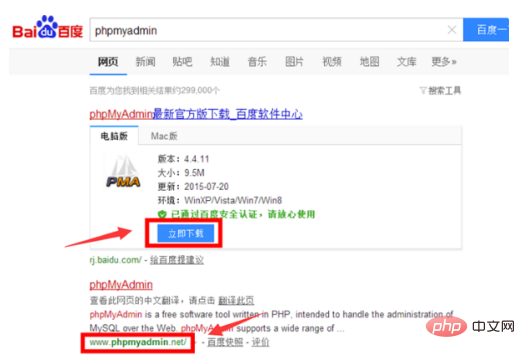
2. Then open In the home directory of phpmyadmin, open the config.default.php file in the libraries directory, double-click to open the editing configuration:
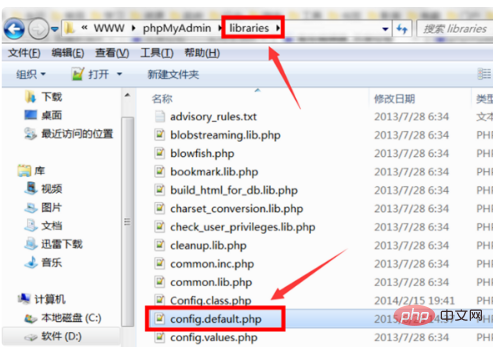
3. After opening, configure the access URL first, and set the access URL in the variable "$ cfg['PmaAbsoluteUri']" fill in the access URL of phpMyAdmin, which is the address of the current host:
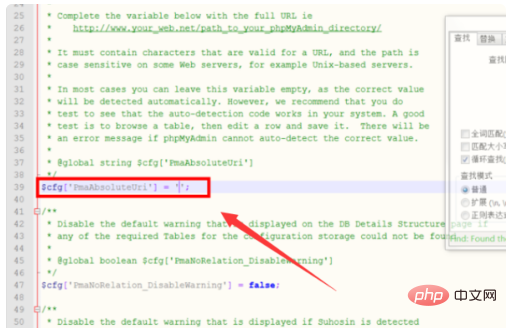
4. When configuring the MySQL host information, modify the variable "$cfg[ 'Servers'][$i]['host']" for the URL after", fill in localhost locally, the default MySQL port is 3306, just leave it empty:
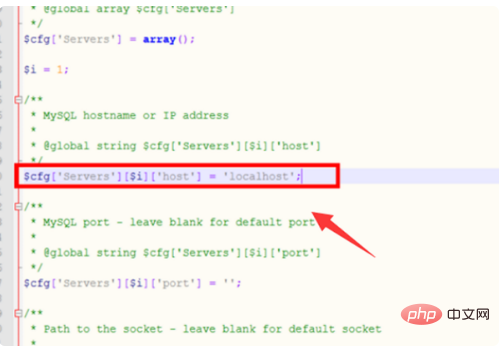
5. Then set the MySQL username and password in the two variables "$cfg['Servers'][$i]['user']" and "fg['Servers'][$i]['password']" respectively. Fill in, you need to have the same mysql username and password to access:
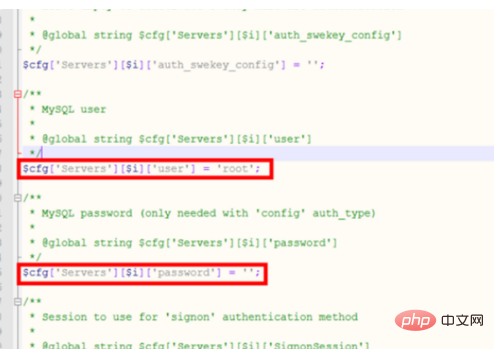
6. Then fill in the authentication method. The variable set is "$cfg['Servers'][$ i]['auth_type']", considering security factors, just fill in the cookie directly here:
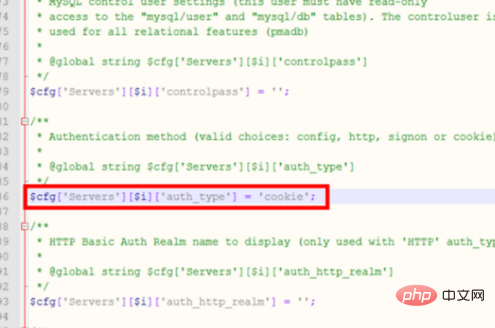
#7. Finally, set the phrase password and set the variable "$cfg ['blowfish_secret']" value, because the authentication method is set to cookie, you need to set a phrase password. Once this is filled in, the configuration is complete:
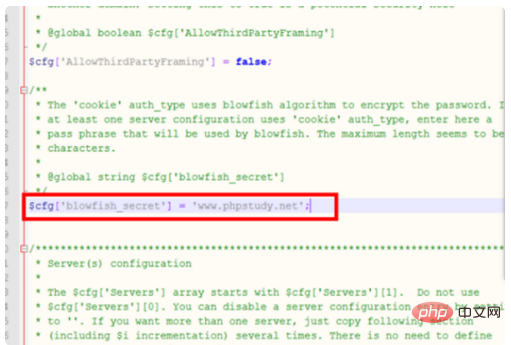
8. All settings are done Then enter the host name and Phpmyadmin's file directory in the browser to access:
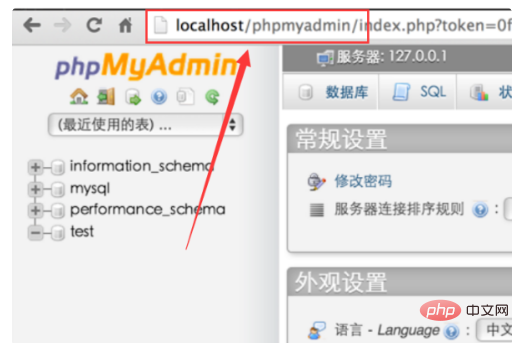
The above is the detailed content of How to download and install phpmyadmin. For more information, please follow other related articles on the PHP Chinese website!